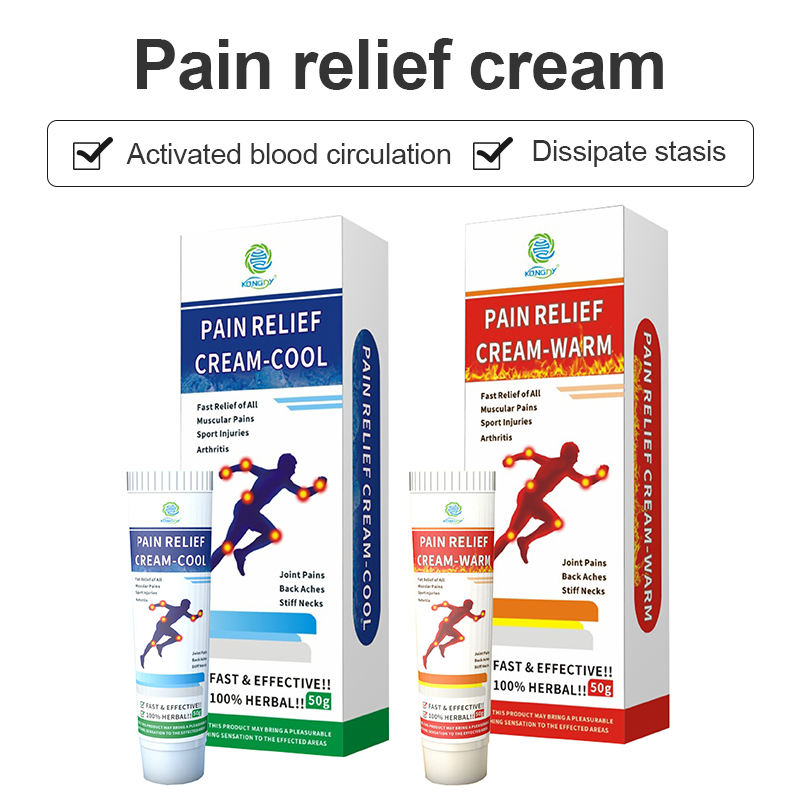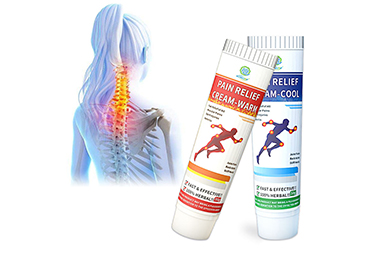As the global demand for effective pain management solutions continues to rise, the pain cream manufacturing industry is experiencing a transformative period marked by technological advancements and changing consumer preferences. OEM (Original Equipment Manufacturer) factories are at the forefront of these changes, driving innovation and shaping the future of topical pain relief products.
One of the most significant trends in pain cream manufacturing is the integration of nanotechnology. OEM factories are investing in research and development to create formulations that utilize nanoparticles to enhance the penetration and efficacy of active ingredients. This technology allows for more targeted delivery of pain-relieving compounds, potentially increasing the effectiveness of the products while minimizing side effects.
Personalization is another emerging trend that’s reshaping the industry. OEM manufacturers are developing flexible production systems that can accommodate small-batch, customized formulations. This allows brands to offer personalized pain creams tailored to individual consumer needs, such as specific pain types or skin sensitivities. Advanced data analytics and AI-driven formulation tools are enabling this level of customization at scale.

Sustainability is becoming increasingly important in pain cream manufacturing. OEM factories are adopting eco-friendly practices, such as using biodegradable packaging materials and implementing energy-efficient production processes. Some manufacturers are also exploring plant-based and organic ingredients to meet the growing demand for natural pain relief solutions.
The rise of smart packaging is another innovation that’s transforming the industry. OEM factories are incorporating technologies like NFC (Near Field Communication) tags and QR codes into packaging designs. These features allow consumers to access detailed product information, usage instructions, and even personalized pain management tips through their smartphones.
Continuous manufacturing is gaining traction in the pharmaceutical industry, and pain cream production is no exception. This approach allows for non-stop production, reducing downtime and increasing efficiency. OEM factories adopting this method can offer more competitive pricing and faster turnaround times to their clients.
Quality control is reaching new heights with the implementation of AI and machine learning in the manufacturing process. These technologies can detect minute variations in product quality, ensuring consistency and safety across batches. Some OEM factories are also exploring blockchain technology to enhance traceability throughout the supply chain.
As regulations around pain management products evolve, OEM manufacturers are investing in compliance management systems to stay ahead of regulatory requirements. This proactive approach helps ensure that products meet or exceed safety and efficacy standards in various markets worldwide.
The future of pain cream manufacturing lies in the convergence of these trends and innovations. OEM factories that can successfully integrate these advancements will be well-positioned to meet the changing needs of brands and consumers alike. As the industry continues to evolve, collaboration between manufacturers, researchers, and brands will be crucial in developing the next generation of effective, safe, and sustainable pain relief solutions.






